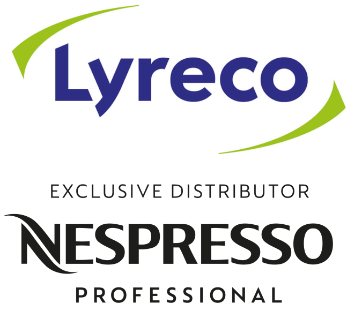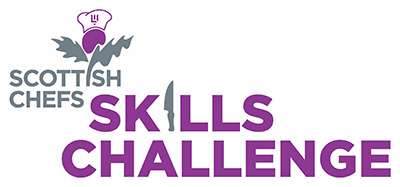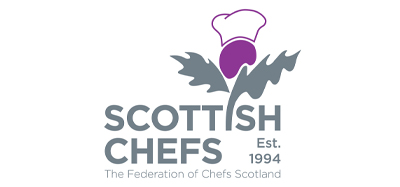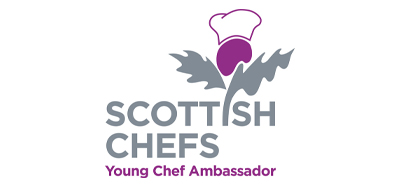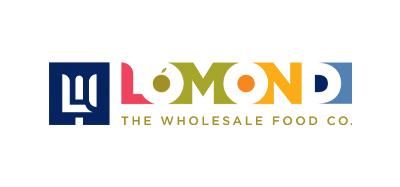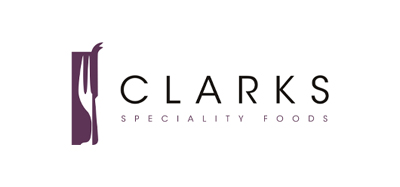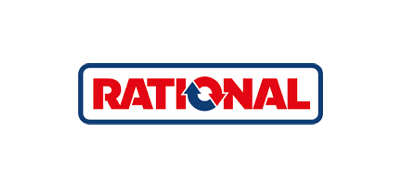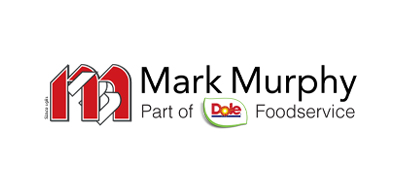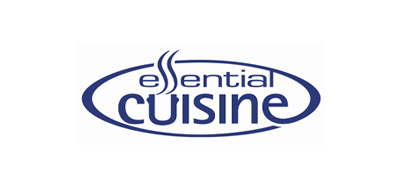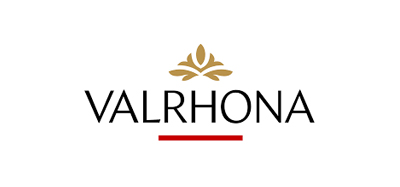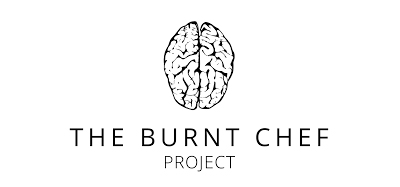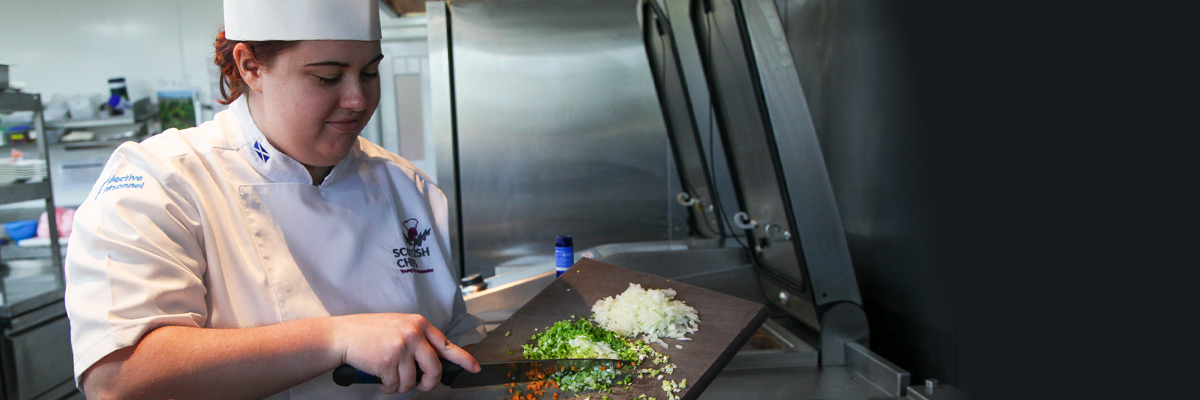
Further Hygiene, Food & Safety Guidelines
DRESS STANDARDS
- All competitors should be dressed within the guidance below
- Chef’s jacket – all competitor’s, should enter the competition area wearing a clean white, pressed jacket, apron & chefs trouser
- Chef’s hat – Standard chef hats, or skull cap MUST be worn.
- White apron is the standard apron for competitions. Pale coloured ones, and butcher striped aprons are accepted
- Safety style, non-slip shoes must be worn. Sport Shoes are not allowed in the kitchen.
- Neckties are optional
- No visible jewellery is to be worn except for a wedding band, ear stud (no more than 7 mm diameter) or sleeper
- No watches to be worn in the competition kitchen
PERSONAL HYGIENE
- Male chefs should be clean shaven
- Chefs with beards – moustache, must wear a beard net
- All competitors should be clean and showered and demonstrate good personal hygiene
- Hair which touches the collar, or falls below the collar, must be restrained and covered with a hair net
- After shave and perfumes must not be overpowering
- Correct footwear must be clean
GENERAL RULES TO FOLLOW
- Tasting of food must be carried out with disposable single-use utensils, or utensils that are washed after each tasting
- Remove a sample of a product from the container with one spoon.
- Transfer the product sample into a second spoon, away from the original food container or preparation area
- Sample the product by tasting
- Never reuse used spoons. Use clean and sanitary spoons for each tasting. Always use two spoons to ensure sanitary practices are being followed and the product is not contaminated
- Double dipping into sauces or food items with the same spoon is strictly prohibited
- Food items in transport, and stored, must be covered with clear plastic or a lid.
- Ready To Eat food (RTE) should not be handled with bare hands
- Equipment acceptable for the handling of cooked food are tongs, or tweezers
- Work areas should always be cleared of unnecessary items
- Basic spills should be cleaned up immediately
- Knives must be always kept clean
- Food trimmings should be identified and labelled
- Food trimmings from your mise en place, that may be used later, should be kept separately, not mixed, labelled, and stored at <5°C (41°F)
- Hand paper towels to be used for work surface bench and hands wiping
- Cloth towels should only be used to handle hot items
- Cutting boards in PEHD (polyethylene high-density) material are preferred and should be colour coded: Green for vegetables, Red for RAW meat, Blue for fish, Yellow for cooked meats
- White is acceptable as a neutral colour for all tasks. Cutting boards should always be clean and in good repair
- Cardboard or any porous containers and boxes are not allowed to enter the kitchen
- Nothing is allowed to be stored on the floor
HAND WASHING
It is a 30 second process which must take place –
- Upon arrival at the kitchen
- At the start of the actual competition
- When hands become soiled
- On the hour
- After handling raw proteins
- When each task is finished
- After mise en place has been set
- Before service
- After visiting the washroom
- After handling rubbish
- At all times upon returning to the kitchen
CLEANING
- A recommended chemical sanitiser must be applied for the recommended time then wiped off with a paper towel or scraper
- All work surfaces must be sanitised upon arrival into kitchen
- All benches must be sanitized at the start of the competition
- All benches need to be sanitized as they become soiled
- All benches must be sanitized at the completion of each task
- All benches must be sanitized prior to starting service
- All benches must be sanitized at the end of the competition
APRONS
- To enhance and promote our profession, and to avoid cross contamination, chefs should not be working with soiled aprons
- Bib aprons can be used when cleaning proteins
- Aprons should be changed at the start of the competition; after working on proteins if they become heavily soiled at any stage
GLOVES
- Gloves do not give an automatic exemption to proper food handling techniques
- They Must be worn when handling hot or cold “Ready to Eat” food (RTE), which will be consumed by the judges/public
- Gloves can be worn if working with dirty items, or items that stain, i.e.: beetroot
- Hand injuries should be protected with a blue band aid/plaster and covered with a glove
- Changing gloves is paramount to avoid cross contamination. It is not necessary to wear gloves during the mise en place or food items unless the food items will not receive any heat treatment
- Gloves need to be changed:
- If you start to use other equipment after touching protein
- Before starting service
- Regularly during service
- Before and after cleaning dirty, or staining vegetables or marinades
RUBBISH
- Small bins are permitted on the workbench
- Neither small table bins nor the main kitchen bin may overflow
- Rubbish needs to be bagged and removed
- Bins should be empty at the start of service
- Sinks must be used for washing and not to hold dirty pots and rubbish
- Rubbish must be separated i.e. paper, plastic, organic.
PLASTICS
- Plastic is something that the world and gastronomy is eliminating
- Plastic bags are to be avoided unless necessary. Consider an alternative
- Vacuum bags are for sous vide or for storage to enhance the shelf life, they are not for transporting items to a competition, to hold liquid etc., and should be avoided as much as possible, consider the waste and the cost
- Plastic containers are permitted to transport and store items in and must be reusable. They are not to be thrown away after one use, they need to be cleaned and packed away
HACCP
- Is required in most parts of the world in a commercial or professional kitchen. This is Best Practice for the recording of the temperature controls in place for raw, semi-raw, ready cooked and food storage
- Standard HACCP sheets are available on the Worldchefs web page which are acceptable in any competition
- Temperature/storage sheets should show the temperature flow chart of food items from the beginning to the end of competing and leaving the kitchen
- A fridge & freezer checklist should be done at a minimum of every hour of the competition, with a corrective action stated when any temperatures are too high
- Storage of warm food must be made to ensure all international and local regulations are met to avoid any public concerns about food safety
- Sous Vide records are imperative due to the nature and at times low cooking temperature. Temperatures and times need to be recorded
- Judges are at liberty to check and investigate these documents under any circumstance
TIMING & PRESENTATION
- Competition timing is an important part of our profession whether in a restaurant or competition. Food served at the correct temperature and on time allows a pleasant eating experience for the guests
- In all competitions there are Service Points awarded for timing, however, if you far exceed this bracket, points will be deducted
- If your food items have too many hand movements and/or components, it will affect the temperature of the food for service, which will lead to a points deduction
- All food needs to be nutritionally balanced along with the presentation on how it fits into the menu
- Plate temperature – good practice is to have cold food and desserts served on room temperature plates to avoid condensation; warm food should be served on warm plates
- If you serve a salad with a warm appetizer, think about how to support/protect the salad from wilting on a warm plate
- All salads or herbal salad garnishes need some type of dressing or seasoning
